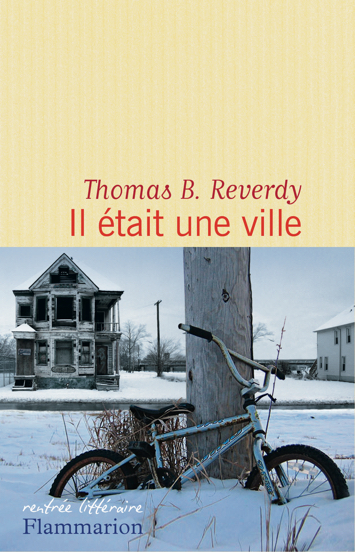First and foremost Christophe Ono-dit-Biot's Plonger (lit. 'Diving') is a love story, and at 454 pages a long one, but it is much more than that. Winner of the Grand prix du roman de l'académie française and the Prix Renaudot des lycéens for 2013, Plonger was a critical as well as a popular success.
Plonger is packed with cultural references, sometimes mentioned in passing, sometimes dwelt on rather more, and these references come from many different periods, and many different sources. Homer is an obvious one, but he blends in freely with the statue Hermaphrodite endormi (of which there is a photo in the novel, although not at all from an obvious angle: i.e. the female breasts and erect penis aren't visible); Josef Koudelka's photos of gypsies and his own outsiderdom; Charles Ray's sculpture Boy with Frog in Venice; Pulp's song 'Disco 2000'; even an important mention of Philip Larkin's poem 'Water' towards the end, etc, etc.
The internet is vital here too, although there are a few reflections on modern technology (maybe particularly via ordiphones (or smartphones)) reducing the quality of our lives, along with other technological 'progress'. But then the narrator, the journalist César (father of war hero Hector) wouldn't have met his partner the photographer Paz (mother of Hector and whose name is Spanish for 'peace', of course) without the internet.
And forces drive César and Paz into opposite camps: initially Paz meets César after his article on her work, and she likes the way he writes but says he's completely got the wrong idea of it: Paz's photographic studies of beaches (or more exactly the touristic enjoyment of them) aren't about enjoyment at all but about vacancy, or emptiness.
There's also a case of empty pram syndrome here, as Paz is very much against having any children. But as César slyly throws Paz's birth control pills into the gooseberry bushes (OK, I'm slightly exaggerating to make a point), Paz, at about the same time as she becomes pregnant, 'adopts' a hammerhead shark.
César can understand texts to the beautiful Paz saying things like 'Great night, let's do it again', or 'I'm touching myself thinking of you', but what is he to understand by one entitled 'Ampoules de Lorenzini' (or 'ampullae of Lorenzini'): Google the expression, of course. And it refers to the highly sensitive 'sixth sense' that sharks have to detect electro-magnetic waves that might be emitted by predators or, say, humans diving for touristic pearls but with thumping hearts.
But perhaps the main bone of contention between César and (the much younger) Paz is that whereas he has 'done' the world, is not a little frightened of the way it's going and prefers to stay in Europe, she hasn't travelled but wants to. So she amicably leaves César for eight months.
That's where the novel really begins, but with the end already known: Paz has been found dead, naked on the beach of an unnamed Gulf country, and César is flying out to identify her body. She's apparently just died by drowning, but is there anything more sinister to it? And who is this Marin she's been getting all the texts from?
The end of CODB's novel may not be the most surprising, but most importantly it's the way he tells the story, which held me from beginning to end, no hitches: this is a fascinating, masterful work.















